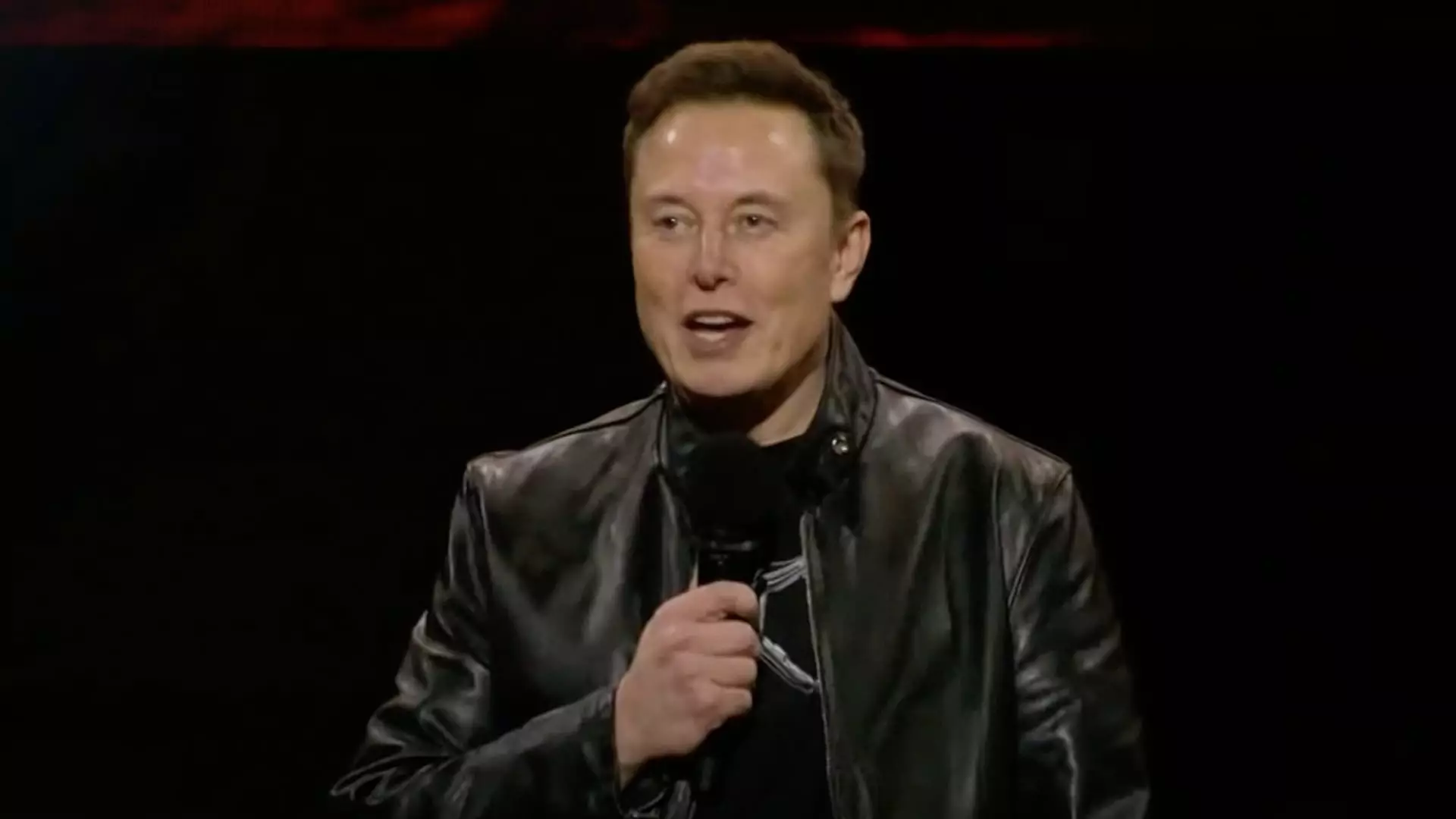On the eve of Tesla’s third-quarter earnings report, the market holds its breath, eager to gauge the financial health of this iconic electric vehicle (EV) manufacturer. Scheduled for release on Wednesday after the market closes, analysts have scoured Tesla’s recent operations to formulate expectations. The consensus indicates earnings per share (EPS) expectations of 58 cents, alongside projected revenues of approximately $25.37 billion, as compiled by LSEG estimates. These figures anchor discussions around the company’s future trajectory amid rapidly shifting market dynamics and intensifying competition.
Earlier in the month, Tesla released its delivery metrics, revealing 462,890 vehicles delivered in the third quarter. While this figure represents a 6% increase from the previous year, it fell short of analyst forecasts and compounded a trend of waning year-over-year growth that Tesla has faced for two consecutive quarters. Add to this the production of 469,796 EVs in the same timeframe, and it becomes evident that while Tesla remains prolific in production, meeting market demand has proved to be a growing concern. Analysts cautiously examine these numbers due to the subtle pressure that discounts and promotional incentives have placed on the company’s profit margins.
Tesla’s struggles to maintain its market lead are compounded by the emergence of formidable competitors, particularly in China. Brands like BYD and Geely are aggressively expanding their EV portfolios, while newer players such as Li Auto and Nio present an evolving challenge within the EV sector. In North America, traditional auto giants like Ford and General Motors have also ramped up electric offerings, despite retreating from previous electrification commitments, intensifying the competitive stranglehold on Tesla. Analysts at Jefferies have highlighted that Tesla’s operating performance indicates stagnation in the EV market gap between itself and legacy OEMs, as well as a narrowing margin with Chinese rivals.
Amidst these operational hurdles, CEO Elon Musk’s recent foray into political advocacy raises questions for investors. His fervent support for Republican nominee Donald Trump and active campaigning efforts create a dissonance for shareholders, many of whom have expressed concern about potential conflicts impacting Tesla’s stock trajectory. Musk’s public statements regarding government distrust, including assertions that regulatory frameworks are often ineffective, further complicate the narrative. This political entanglement comes at a time when the conversation surrounding EV incentives and government investment is critical to the industry’s health.
Investors are also keenly interested in Tesla’s innovations, particularly the progression of its robotaxi initiative and self-driving software, both of which promise to redefine mobility in the near future. Questions surrounding the Cybertruck’s profitability, especially given the reported quality control challenges, indicate a palpable sense of urgency as Tesla launched the angular steel design. Despite these hurdles, an estimated 16,000 Cybertrucks reportedly found homes in the U.S. in the third quarter, showcasing some resiliency in consumer interest despite underlying concerns.
As Tesla braces for its earnings announcement, companies must remain aware of the broader market context. Shares of Tesla have decreased 13% over the year, a stark contrast to a 23% rise in the Nasdaq, suggesting that investor confidence may be wavering. While executives have refrained from issuing specific guidance for 2024, their hints toward a lower delivery growth rate compared to previous years amplify concerns about the sustainability of Tesla’s leadership in the EV market.
Tesla’s upcoming earnings report serves as a crucial juncture for assessing its long-term viability amid growing competition and shifting market sentiments. Stakeholders will be attentive not only to financial metrics but also to the strategic directions and political entanglements that will influence the company’s position in the rapidly evolving automotive landscape.

